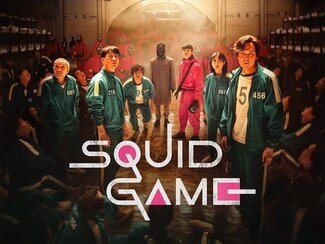 The Squid Game on Netflix. The Squid Game on Netflix. I had great ambitions for this installment of The Illusion Exotic. Now its Sunday afternoon and the shadows are growing long. I’ve started about four different blog posts for tomorrow, and abandoned them all. I’ve bounced back and forth between this blog and my next manuscript and I can’t seem to get a good foothold on either. Mostly what I did this weekend was nothing. Doing nothing makes me feel unproductive. Maybe my brain needed a rest, because mostly what I did this weekend was binge-watch Netflix. Mind you, I’m not a binge watcher. In fact, I don’t watch a lot of television. I’d rather read, write or edit photos. This weekend, I just didn’t have the energy. After tooling in the yard, I sat down and turned on Netflix and started watching a show someone at work recommended. With a few exceptions, I didn’t quit watching until I finished the entire season. It had me completely enthralled. The name of the show was The Squid Game. The South Korean series, written and directed by Hwang Dong-hyuk, is at times brutal and beautiful. Brilliantly written and acted, it caught me by surprise. It tells the story of a down and out gambling addict who failed himself and everyone in his life. Desperate, he accepts a too-good-to-be-true offer to participate in competition for a chance to win the South Korean equivalent of $40 million. Drugged and whisked away to an isolated island, he finds himself with 455 other contestants, all as equally desperate. Over the course of nine episodes, they are pitted against one another in a series of childhood games. The twist is that the losers of each round are killed. There are a lot of messages in The Squid Game, but it never comes off as preachy. It’s not Woke. I think it’s a social commentary on the dehumanizing effects of debt and pursuit of money for its own sake, and how this world can tear us down. It’s also a commentary on how dehumanizing modern society can be. The use of masks in the story kept reminding me of the emergence and effects of masks since 2019. It also carries a harsh message about the emptiness of Christianity that doesn’t practice what it preaches. Yet, in one powerful scene a character demonstrates the essence of Christ’s sacrifice. For my fellow writers, I’d recommend watching this as a study of character development and plot tension. Hwang Dong-hyuk’s writing and character development is first-class. The actors carry the story wonderfully. It’s dubbed, but dubbed well. I usually prefer subtitles, because something is always lost when a movie is dubbed. However, in this case, the dubbing worked well. A nod should go to the voice actors and editors who made this work well in English. I wouldn’t recommend this series to anyone under 17. There is brief nudity and some sexual content, but mostly it’s violent, but necessarily so. The violence, however, wasn’t as terrifying as the tension. The tension is simply brilliant. See? A weekend on the couch paid off. See you Friday. #thesquidgame #reviews #netflix *** If you enjoyed this blog, please like the post and leave a comment or if you're feeling brave, share it on social media. This platform is my entire advertising budget and is how I share the word on my books. Also visit my Facebook, my author page and check out my photography book from America Through Time, "Abandoned Wiregrass: The Deepest South's Lost and Forgotten Places."
0 Comments
I've decided to try something different on Photography Phridays. When I'm not actively blogging on a topic I'll debut my images here first. Today's debut, "Driftwood Portal" comes from my recent trip to the west coast, specifically McVeay State Park in Oregon. An interesting tidbit about this image, there was a whale not far beyond those rocks.
We'd stopped here on chance, and I spent an hour looking for the right shot. As it happens, the Gray Whales had begun their annual migration. This was the first time I've ever seen a whale. We spent another half hour just standing on the cliffs, watching. I never got a good photo of them, but that doesn't matter. The experience was amazing. You can find this image, and the rest of my gallery, at Fine Art America. #photography #gallery #sunset #beach #coast #Oregon #driftwood 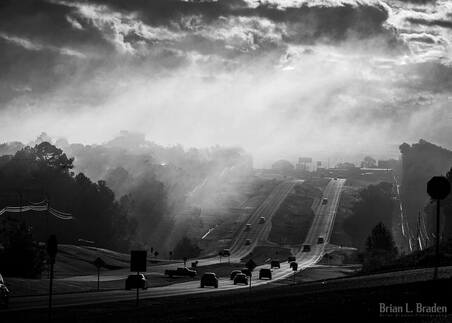 "Wiregrass Rush Hour." 2020 Brian Braden Photography "Wiregrass Rush Hour." 2020 Brian Braden Photography I was going to write a blog this morning either about the function of faith in civilization or how left-lane drivers really irritate me. Guess which topic won? (Sung to the tune of “Life in the Fast Lane” by the Eagles) He was a slow-driving man He was brutally oblivious, and she was terminally texting, She held them up, and he braked for no reason In the heart of the slow, slow traffic. They had one thing in common. They didn’t know how to use a turn signal "Slower, Slower the lights are turnin' red!” Life in the left lane, surely make you lose your mind. Bad lyrics and kidding aside, left-lane drivers drive me nuts. I suspect I’m not alone . There are many more eloquent than I who have commented on those who park in the left lane and don’t move over. I try not to let them annoy me anymore, because nothing is going to change the fact they will always be with us. You see, left-lane driving is proof of the existence of original sin. (stay with me here) When Jesus said “The poor will always be with you” I think he also meant a lot of things people do will always be with us. You see, in most cases we humans are taught what’s right. Logically, we know what is good and bad. Wash your hands before you eat. Don’t mix beer and wine. Watch what you eat. Murder is bad. Never get involved in a land war in Asia. Don’t hang out in the left lane. Yet, we do it all anyway. When one hangs out in the left lane, and people start resorting to passing on the right it’s a clue you’re doing something wrong. But I'm not not really just talking about left-lane driving, its about following rules. When I say "follow rules", I’m not referring to high-minded concepts like civil disobedience and rebelling against tyranny. I’m talking about following speed limits, not littering, flushing the toilet and putting the twisty tie back on the bread bag. I'm referring to responsible civic-mindedness. The simple stuff and the blatantly obvious. Most people see the wisdom in following traffic rules, or most civic rules. However, some people think rules are for other people. This attitude is neither malicious nor uncommon. It’s just being human. What isn’t discussed much about this phenomenon is that people who think this way often think consequences are for other people, too. This is at the heart of what I’m trying to get across. A few years back I took my three young children to the park. A ring of signs clearly stated pets were not allowed in the playground areas, and 99% of the greater park was open to pets including two dedicated dog parks. While my children played, a woman strolled right into the playground area with a Great Dane on a leash, sat on a bench, and stuck her face in her phone. The horse-dog then proceeded to urinate and defecate where the children played. She thought the rules didn’t apply to her, nor did the consequences. The kids stepping the animal waste paid the price, not her. I’m not judging her, because I’ve been her before in regards to other infractions. I think we all have, to some degree or another. We’ve all bent, ignored, or consciously blown-off common sense rules put in place to protect others and ourselves. Sometimes the consequences may be something smelly and squishy between our toes, and sometimes it’s far worse. A few weeks ago I witnessed an accident where a young woman decided to pass on a two-lane blacktop in a no-passing zone. She was approaching a limited-sight hilltop at full highway speeds and decided to pass a the vehicle in front of her. And pass she did, and immediately collided head-on with an automobile pulling out onto the highway. The no passing zone was clearly marked. Common sense says passing when approaching a hilltop is a bad idea. Yet, she did it anyway, and horror resulted. Why do we do it? We want rules. We elect politicians to make laws. We hire bureaucrats to regulate us. We want our police to enforce them. Yet, as individuals we often brush rules aside, sometimes cavalierly, like it’s cool. When we step in dog crap in the playground, or get stuck behind the guy driving five miles an hour under the speed limit in the left lane, we shake our fists and wonder why people can’t follow the rules. Then there are those times when tragedy strikes because someone decided the rules didn’t apply to them. All of us take a bite of Eve’s apple from time to time and end up hanging out in the left lane. It’s in our DNA. It’s a flaw in our programming at the deepest level. This inherent flaw, dare I say sin, of willful disobedience is fundamental human nature. No number of laws, rules or regulations or screaming at the car in front of you will change it. So stop screaming at the guy in the left lane, or you’ll surely end up losing your mind. You're not going to change him. Maybe we need to work harder on changing our own behavior. In life, the only driver you can control is yourself. #traffic #essay #orginalsin #sin #culture #society #issue #faith #religion *** If you enjoyed this blog, please like the post and leave a comment or if you're feeling brave, share it on social media. This platform is my entire advertising budget and is how I share the word on my books. Also visit my Facebook, my author page and check out my photography book from America Through Time, "Abandoned Wiregrass: The Deepest South's Lost and Forgotten Places." PHOTOGRAPHY PHRIDAY, EP 5: SUBJECT, PART 2. Focal Point and Depth of Field as it relates to Subject.9/17/2021  The concept of subject isn't a simple as it sounds. The concept of subject isn't a simple as it sounds.
We talked last week about subject. Subject is what you are photographing. It’s what you want the viewer to see. Everything else in the image supports the subject. It could be the tiniest insect, a child, a bride, or the Grand Canyon.
Here’s the first question you should ask: “What is my subject?” On the surface, it seems like an easy question to answer: it’s a person or defined object. I recommend tweaking that question to “Where do I want my viewers eye drawn?” Your subject might have a subject! Is it the model’s stunning eyes? Is it your child’s beautiful smile? Is it a lone tree out on a prairie? Is it one person in a crowd or the crowd itself? Is it the tree or the beam of light shining through the branches. The subject’s subject is where you place your focal point. There is a relationship between focal point, depth of field and your subject. That relationship will determine your first camera settings: focal point and aperture. Focal point is that box, boxes or dots that blink around the area when you point your phone camera, or the boxes that blink when you press your shutter button on your DSLR or mirrorless. If you’re shooting on a phone, or in auto, the software will determine your focal point. This can be good and bad. Good it you have to get the shot quickly, bad if the device picks a spot you don’t want. I highly recommend taking control of focal point. Don’t let your camera pick it for you! If you have a DSLR, there will be a button somewhere on your camera or as a part of your control screen that allows you to take control of you autofocus point. Controlling the focal point is the first step in mastering your camera and getting the image you want. Cameras come with more than one focal point and it doesn’t have to be in the middle of the image The more advanced the camera, the more auto focus points it has. Press the focal point button on your camera (the image I show is on my Canon) and start playing with adjusting its size and placement. It will differ from camera to camera. There are plenty of videos on Youtube that can teach you this depending on your model. If you really want to get creative, turn off the autofocus entirely and use the manual focus ring on your lens.
Aperture is depth of field, or how much of the image is in focus. This is measures by the “fX.X” number on your lens. There are lots of factors regarding aperture, and we won’t get into all of them today. The lower the f number, the blurrier everything gets outside your focal point. The higher the number, more of the image is in focus. It’s more complicated than this, but this gives you the basics. Here’s the important part: If you are shooting below about f7.0 you better know exactly where your focus point is, or your subject may be blurry.
Here are some examples of focal point and aperture in my own photography. This landscape is a wide angle shot (18mm) with a wide depth of field (I seem to remember about f7.0). The focal point & subject are the barns, but I wanted a great deal of the field is in focus, too.
This photo has a narrow depth of field (f1.8) and a tighter focal range (50mm). This called for a precise focal point on the flower's stamens (my subject's subject), and letting everything else blur into shadow and color.
The rule of thumb I use is the more shallow the depth of field the smaller you want your focal point, such as using only one point or block. If you are doing broad, sweeping landscapes at deep depth of fields you want a broad focal point. The auto focus points don’t have to be in the middle, either, but we’ll talk more about that when we get to composition another day.
If you want close up and intimate, then you want wider apertures, like f4.0 or lower. This will concentrate the viewer on one spot and let the rest of the universe melt away. If I have a zoom lens and I’m using it at high, tight focal lengths, I usually also want to use lower apertures. So to recap, a good rule of thumb is the tighter, closer and more intimate the shot, the smaller your focal point. This allows you to focus exactly on what you want. The wide, broader and larger the subject, the bigger the focal point. These are guidelines, not rules. So to recap: 1) Control your focal point. 2) If your depth of field is shallow, use a more precise autofocus point. 3) If you are zoomed in, use a smaller focal point, too. 4) Loosen up the focal point as you zoom out and as you depth of field increases. These are the first steps to ensure your subject is what the viewer’s eye is drawn to. Next time, we’ll discuss subject as it fits into composition. Next time we talk, we’ll start bringing composition into the mix. Thanks for stopping by! *** If you enjoyed this blog, please like the post and leave a comment. Also visit my Facebook, my fine art photography and check out my photography book from America Through Time, "Abandoned Wiregrass: The Deepest South's Lost and Forgotten Places." #photography #subject #photographytips #tutorial #photographytutorial #howto #photographylessons 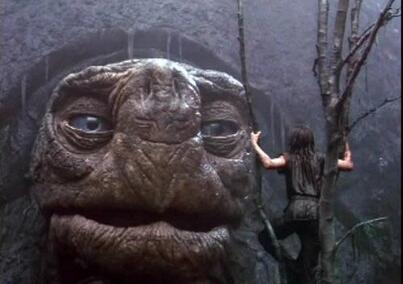 "We don't care that we don't care." (Neverending Story, 1984, Warner Bros.) "We don't care that we don't care." (Neverending Story, 1984, Warner Bros.) It’s Monday. I’ve been struggling all weekend to come up with something to blog about. Content, right? That’s what blogs are all about. Instead, I did yard work, took my kid to the park, visited my mom and dad, and eked out a synopsis for my next novel. In between, I followed the 9/11 anniversary on my social media feeds and all the fallout of President Biden’s COVID edicts. I’m not going to blog about any of that. Instead, I’m going to make a bold prediction. A controversial prediction. Are you ready? Prepare yourself. Here it comes… People die. In fact, everything living eventually dies. Crazy concept, huh? Planet Earth is the only place in the known universe (like, 98 billion light years of universe) known to harbor life, but is also the only place known to harbor death. Death is different than lifelessness. Life must first exist before one can have death. A planet that has never know life has also never known death. Death is a concept all unto its own. If Earth is the only place in the universe with life, then it is by definition also the only place in the universe with death. Therefore, death deserves serious contemplation. Not morbid contemplation, just a matter-of-factly examination of its reality. No one forgets to die. People die (even Jesus died, but he got better. That’s another topic entirely). Trees die. Bugs die. Bacteria and turtles die. You’ll die. I will die. Death is built into our DNA. It’s part of our programming. Seriously, it is. We have these things on our chromosomes call telomeres that act like a countdown clock (yes, I’m dumbing it down). These end-caps on your chromosomes get shorter and shorter as you age. When they run out, you run out. Scientist on are on the cusp of reprogramming these telomeres, and perhaps opening the door to human immortality. Good news, right? Or maybe not. If living forever was desirable you’d think evolution would have found a way to achieve it by now. Life has evolved to fill every environmental niche on Planet Earth, but immortality is nowhere to be found. Living creatures thrive in dark, oxygen-free environments at crushing depths near scorching undersea volcanic shafts. Insects can be found in the upper atmosphere on the edge of space. Creatures exist in the hottest deserts and the frigid poles. Birds fly, fish swim. Everywhere there is evidence of life filling the three dimensions of space, and yet no living creature naturally exists beyond the limits of time. It’s as if evolution has totally abandoned that niche. Sure, some trees live thousands of years and there are sharks and tortoises that live hundred of years, but eventually even they kick the bucket. Everything kicks the bucket. As far as we know, no living creature is truly immortal. Bottom line: No species that has developed immortality as an evolutionary survival mechanism. Crazy as it sounds, maybe death is part of the natural order of things. Maybe death is a survival mechanism. Maybe immortality runs counter to survival of the fittest. Maybe immortality is a BAD thing, especially for a self-aware intelligence. Any creature that lives forever is a creature that will never change, never evolve, never truly face consequences. All of this brings me to my point. Scientist often discuss a concept called “The Great Filter” as part of something called Drake Equation. This equation postulates how many advanced civilizations may exist in the universe. Since we have been discovering potentially habitual exoplanets over the past few decades, that equation has made a stronger and stronger case of advanced life out there somewhere. Yet, the cosmos remains strangely silent. Scientist may think we haven’t heard from aliens because there aren’t any due to this thing called “The Great Filter.” It could be they annihilated themselves in nuclear war, or were wiped out by an astroid impact, or maybe even a gamma ray burst. Maybe, just maybe, they discovered the secret to immortality. In doing so, these races of immortals simply faded away into digital oblivion. They no longer reproduced. They got lost in their own version of the Matrix or Oculus or Neurolink. Robots and computers served their every need, and they forgot how to take care of themselves. Oh, they may still be out there, but they’ve stopped being a part of their own environment. Time has a way of ossifying the spirit and the mind. I call it the Morla Effect, named after the immortal turtle in the movie Never-ending Story. In the movie, the hero Atrayu seeks the all- knowing, ancient being to help save their world from the terrible Nothing. He finds Morla a disinterested, bored entity who can’t be bothered with the affairs of mortals. Wise, but mad, Morla talks to herself and finishes each sentence with “Not that it matters.” She even says, “We don’t care that we don’t care.” In her case, immortality has become a living death I think immortality would induce the Morla Effect in us. It would kill what is best in humanity. In a world without consequence, love and relations would wither. Compassion would die. With it, art and music and the very beauty that makes life worth living. We, too, would eventually not care that we don’t care. Maybe death is a safety valve to keep life vibrant and ever changing. Immortality, while it sounds great, may be the worse thing a species can do to itself. Maybe death has an intrinsically important evolutionary purpose. With that said, death sucks. No one wants to die. No one wants those they love to die. A lot of people, me included, would like to give earthly immortality a test-drive. Pretty deep thoughts for a Monday, eh? Maybe I’ll write a story about it. See ya Friday. #immortality #neverendingstory #science #ethics #drakeequation #greatfilter #writing #blog
Before I go into detail on the topic of subject in photography, I'd like to show you a few example of subjects in my photography. Simply put, subject is what you are shooting. It's the photos topic, its theme. It could be anything, but it's purpose it to draw a desired reaction from the viewer. It should conjure a desired emotion, idea or concept. For portrait photography, the subject it easy - it's the person you're photographing. For landscapes, it may be more difficult to pin down. My rule of thumb in defining subject in my photos is easy - where is my focal point AND where is the composition leading the eye. Where do I want the viewer to be drawn?
In the first photo below, "The Gyro Captain", my focal point and subject it the pilot himself. Everything else in the composition supports the subject. In my second photo, "The Boy Scout", it's the boy in black and white, not color. Why? The reflection is a leading line drawing the eye to the black and white image, which is where my focal point is. In "The Remembered Aviator" I use both focal point and composition to frame the statue, which is the subject. In "Abandoned Wiregrass" I use the rule of thirds and focal point to place the shack in the reader's attention. That's all for now, more on subject later. Next time I'll dive into detail on the basics of defining subject in your photo. If you'd like to see more images please visit my gallery here. #photography #subject #photographytips #tutorial #photographytutorial #howto #photographylessons  From the train window, somewhere in America. From the train window, somewhere in America. Hello everyone, My journey across America is coming to an end. My wife and I wanted to make our 30th wedding anniversary something special, so we planned a once-in-a-lifetime trip across America. Unfortunately, COVID and a few other events kept delaying the adventure. Finally, we were able to take the trip. It's been great, to say the least. We jokingly called our journey "Planes, Trains and Automobiles", and laughed nervously hoping it wouldn't turn out the same as the movie of the same name. It hasn't. For me, its been a series of firsts: First time visiting Chicago. First time traveling and sleeping on a train. First time in Utah. First time Napa Valley. First time seeing redwoods. First time seeing whales. First time in Oregon. Impressions... There is good and bad everywhere, but overall America is a great place. Americans are blessed beyond human comprehension to live in such a land at such a time in history. The people we've met across America and the West Coast have been kind and welcoming. The roads are good, and the views breathtaking . I am blessed to live in such a wonderful nation. For my friends back in Alabama, its true: Dollar Generals are absolutely everywhere and you can buy sweet tea in any of them. I've gotten a few good story ideas while I've been traveling, one of which is amazing. I'm looking forward to getting back home and returning to my keyboard. See you when I get home. From the road, Brian
I'm still on vacation, so today I'll just be posting my latest photograph. "Girl in Blue Picking Up Shells" is a long exposure image taken along the Northern California coast, where I'm currently traveling. This young lady walked up to my wife and offered her a beautiful blue stone as a gift. I set up my camera and patiently waited until her and her family finished collecting shells. I took a few "throwaway" shots tuning my setting with the family still in frame, knowing they would be "ghosted" due to the long exposure. Last night, when looking over my raw images, this one jumped out at me. It is now one of my favorites.
You can find this image and many others on my Fine Art America gallery. #photography #seascape #ocean #longexposure #landscape #beach #pacific #california #seaside |
Archives
July 2023
Categories
All
|

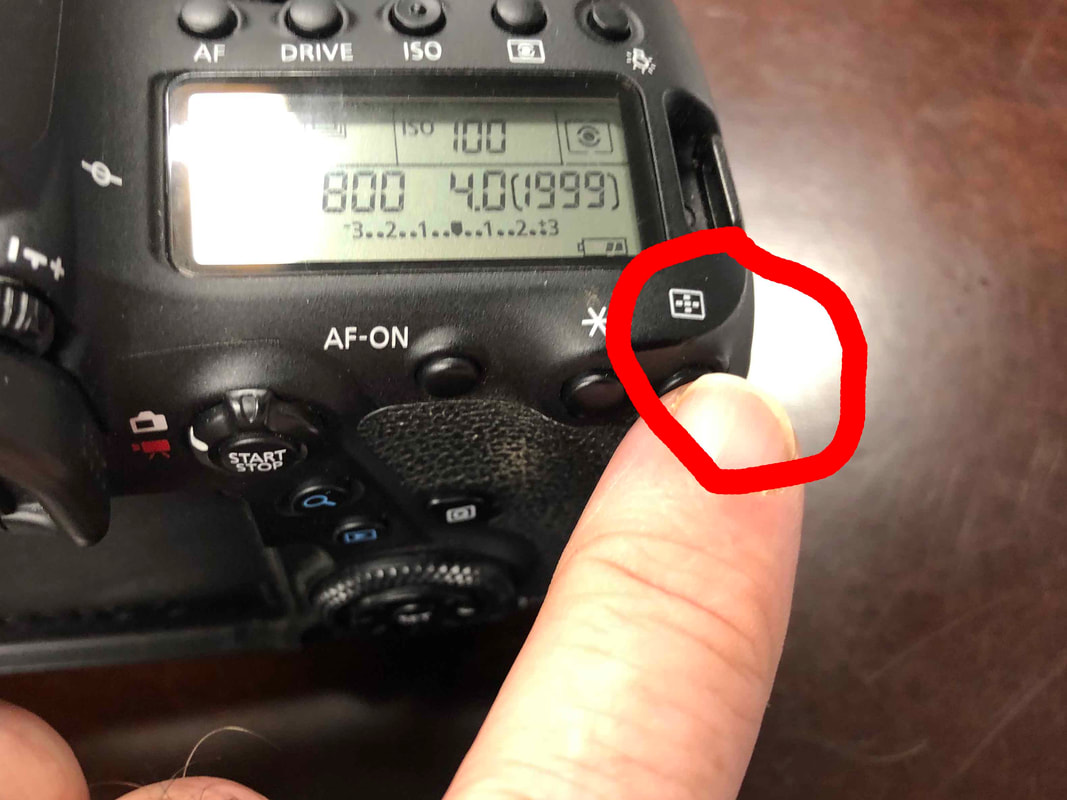
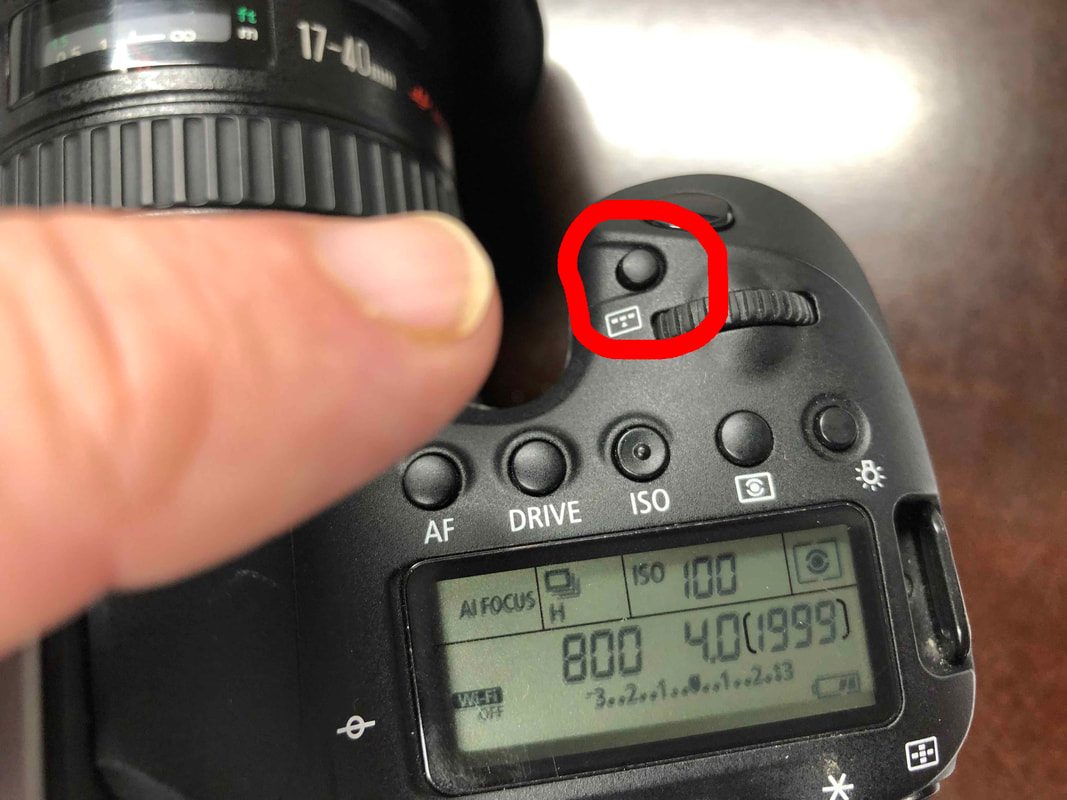

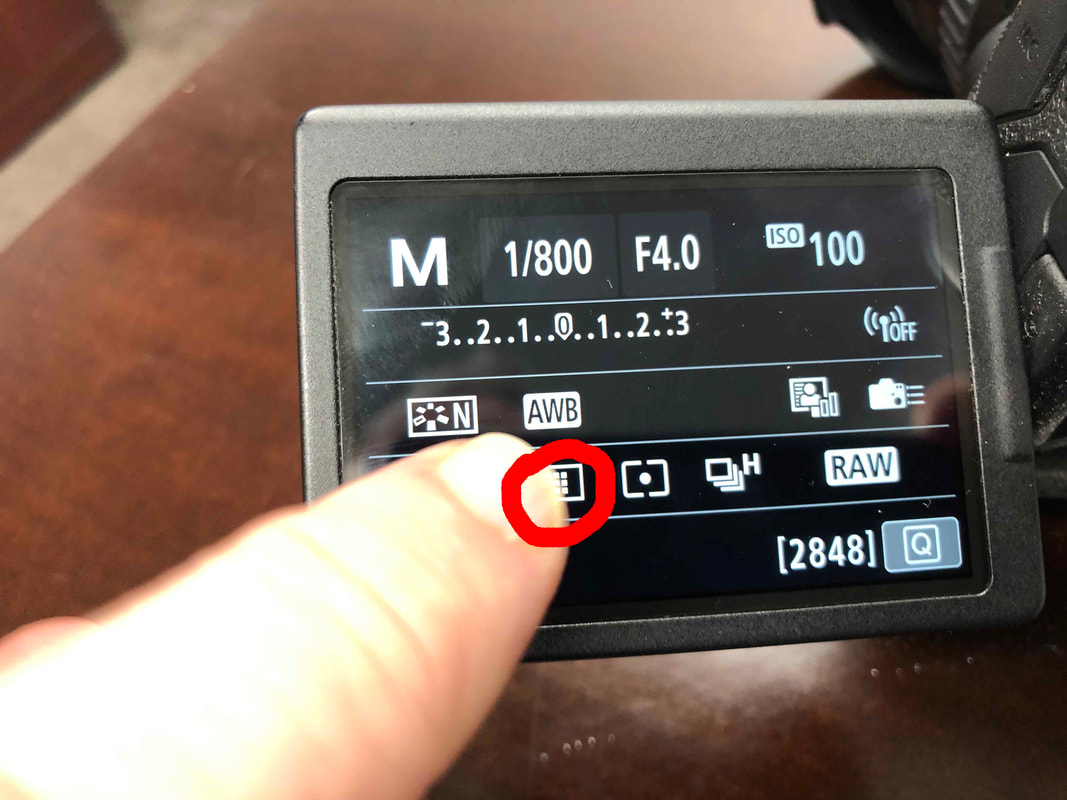

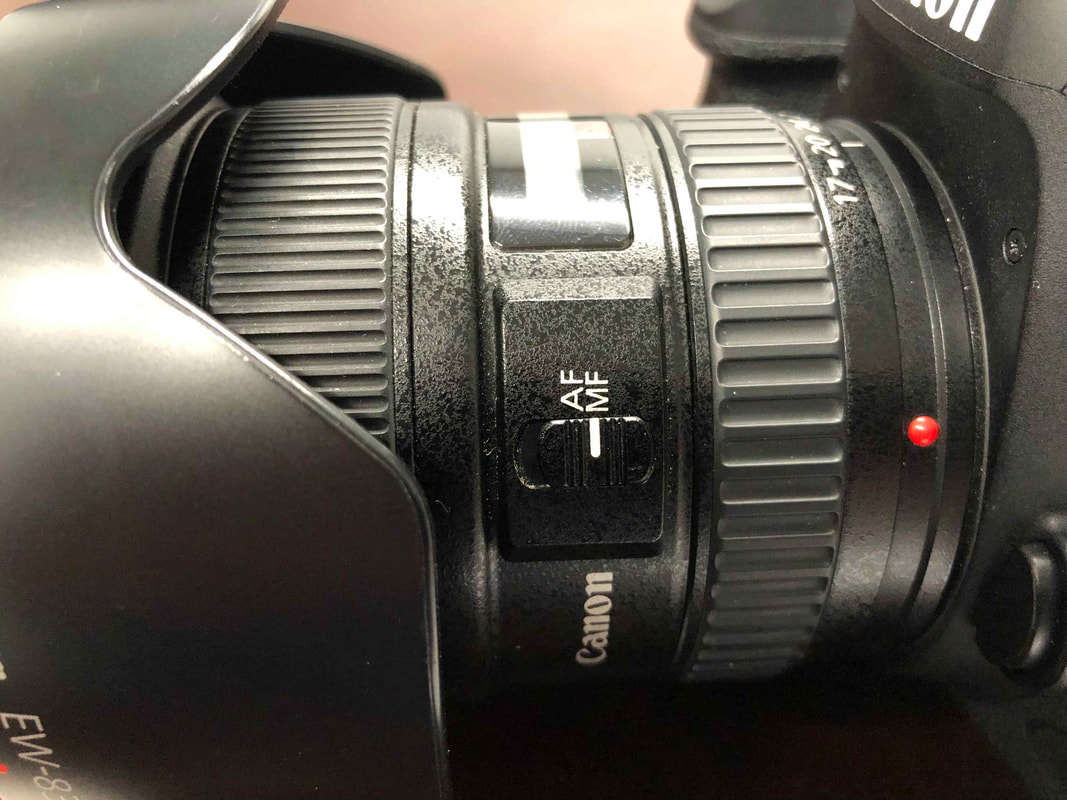
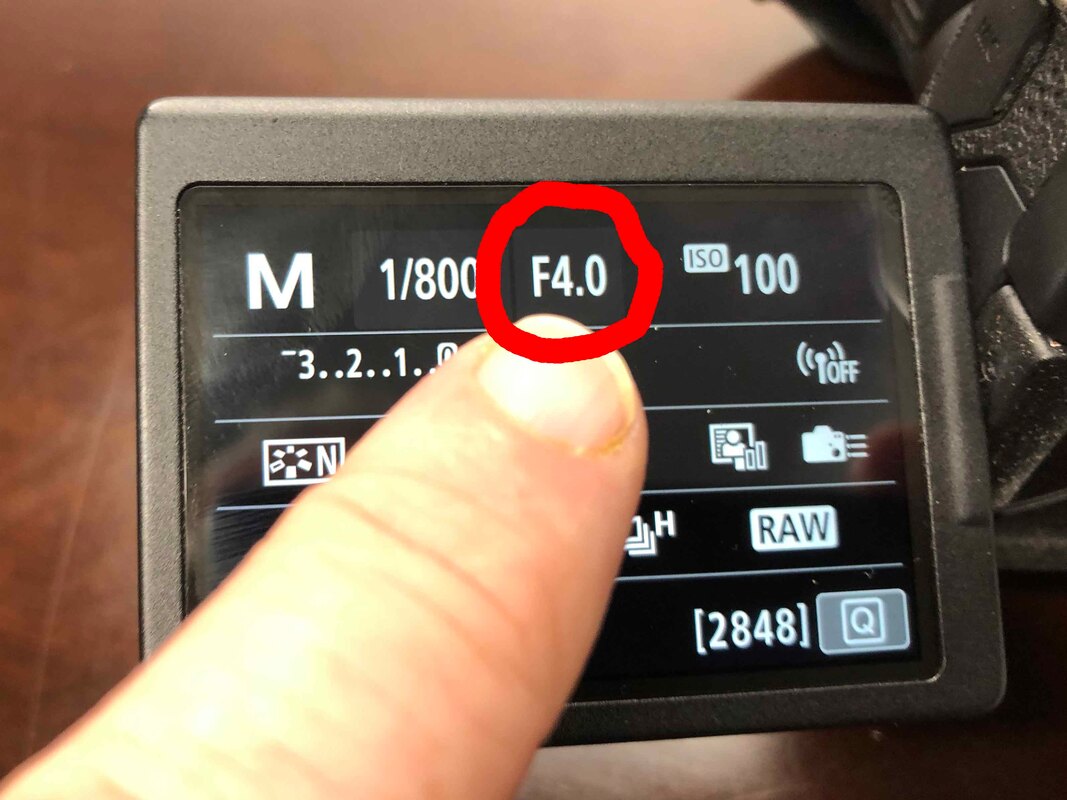
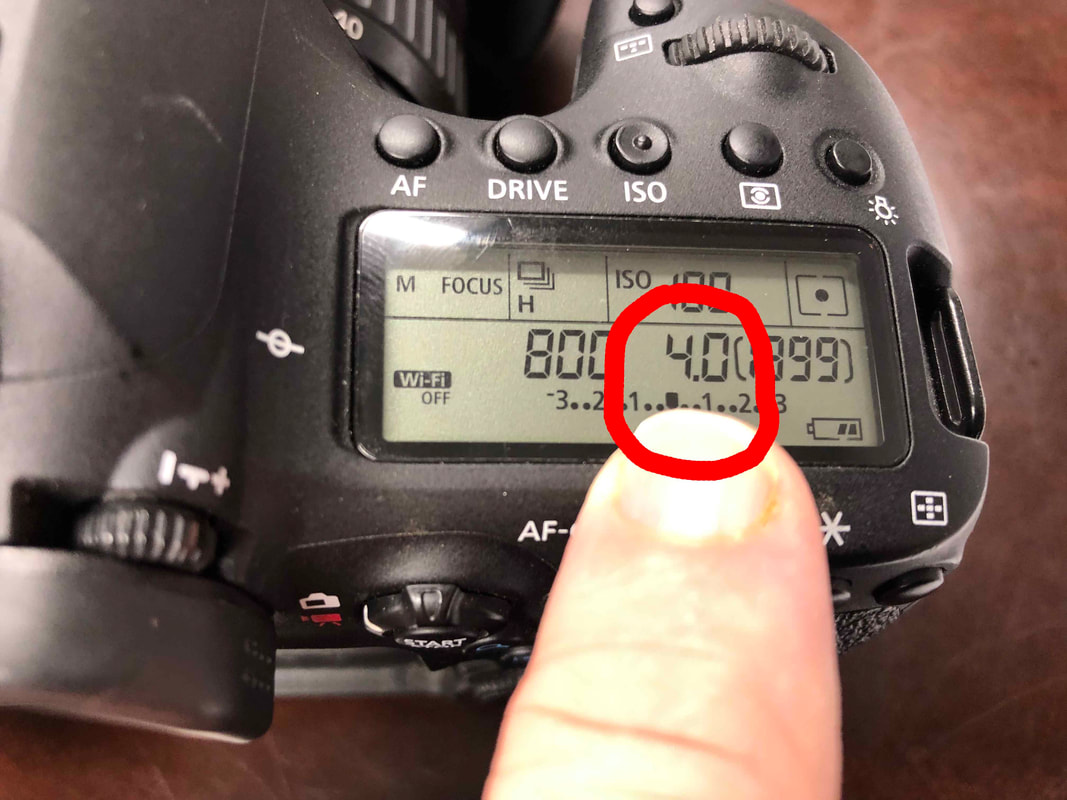







 RSS Feed
RSS Feed